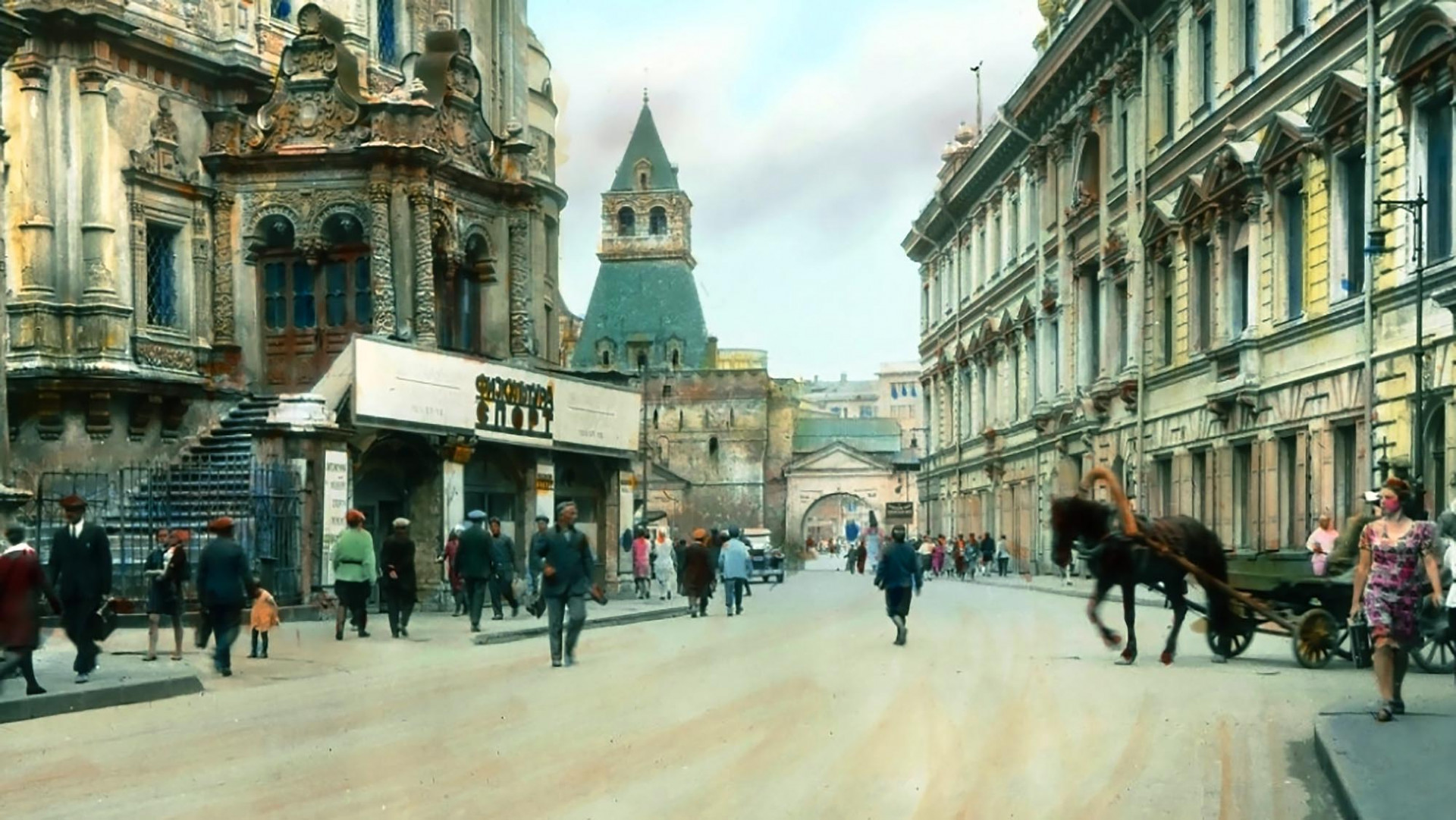Old Moscow and St. Petersburg Through an American Photographer's Lens
Living in Moscow in the 1930s meant living in a time of massive change. As part of the newly formed Soviet Union, the city saw an explosion of new construction and heavy industry development, utterly transforming the new country’s capital.
Back then, there was no legendary Moscow metro, nor were there 13 million residents like there are today — but Soviet leaders envisioned Moscow into the ideal example of a socialist city that reflected their communist ideals.
American photographer Branson DeCou took these photos in Moscow and St. Petersburg in 1931 which were later colorized. They show a long-gone side of Moscow that everyone would like to visit once:
Back then, there was no legendary Moscow metro, nor were there 13 million residents like there are today — but Soviet leaders envisioned Moscow into the ideal example of a socialist city that reflected their communist ideals.
American photographer Branson DeCou took these photos in Moscow and St. Petersburg in 1931 which were later colorized. They show a long-gone side of Moscow that everyone would like to visit once:
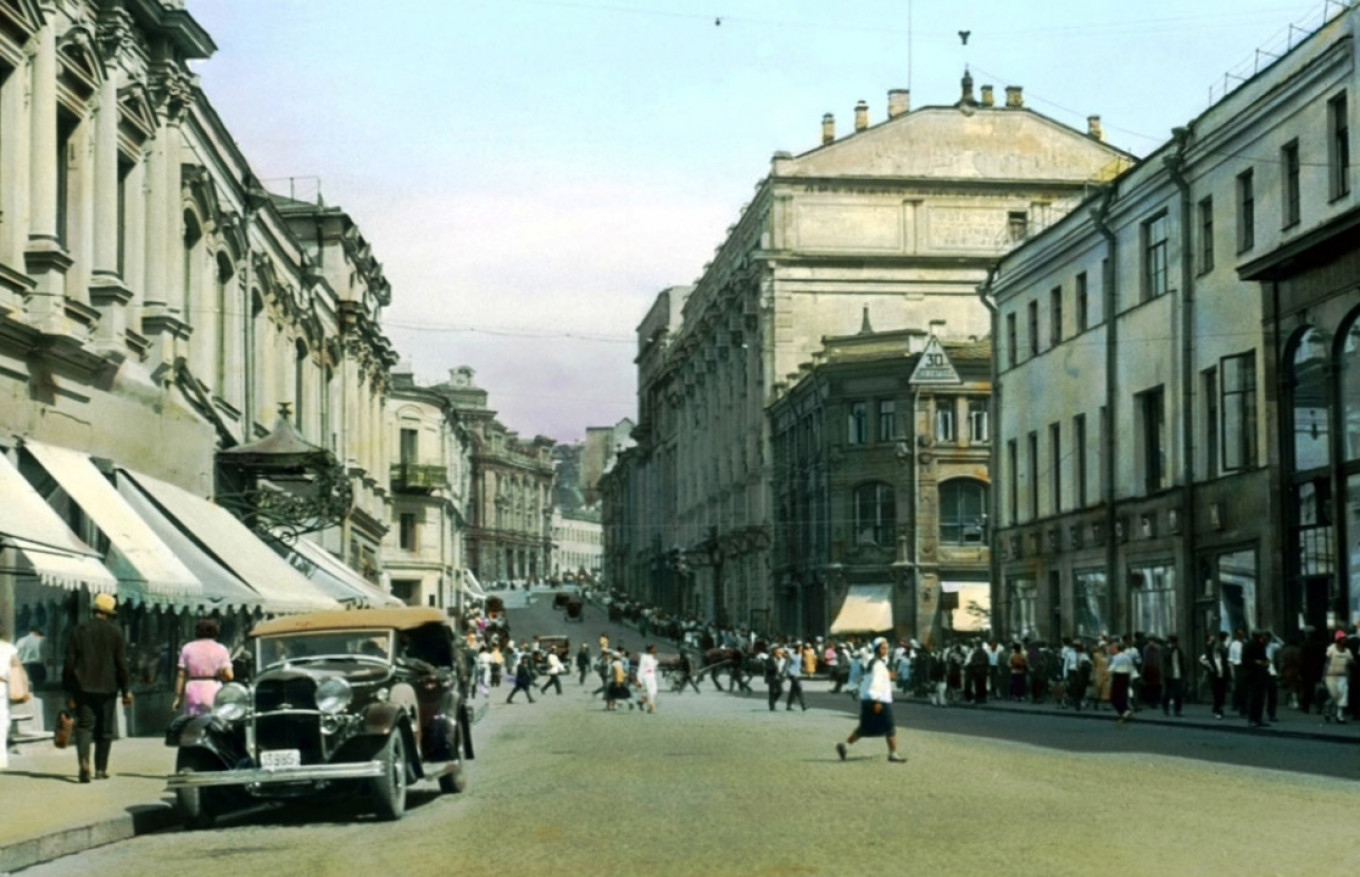
In the early 1930s, Soviet leaders were driven to rethink the classical heritage of the past and create a distinctly Soviet style of architecture. But some streets, like Kuznetsky Most in central Moscow shown here, have held on to their historical look.
Branson DeCou / Public Domain
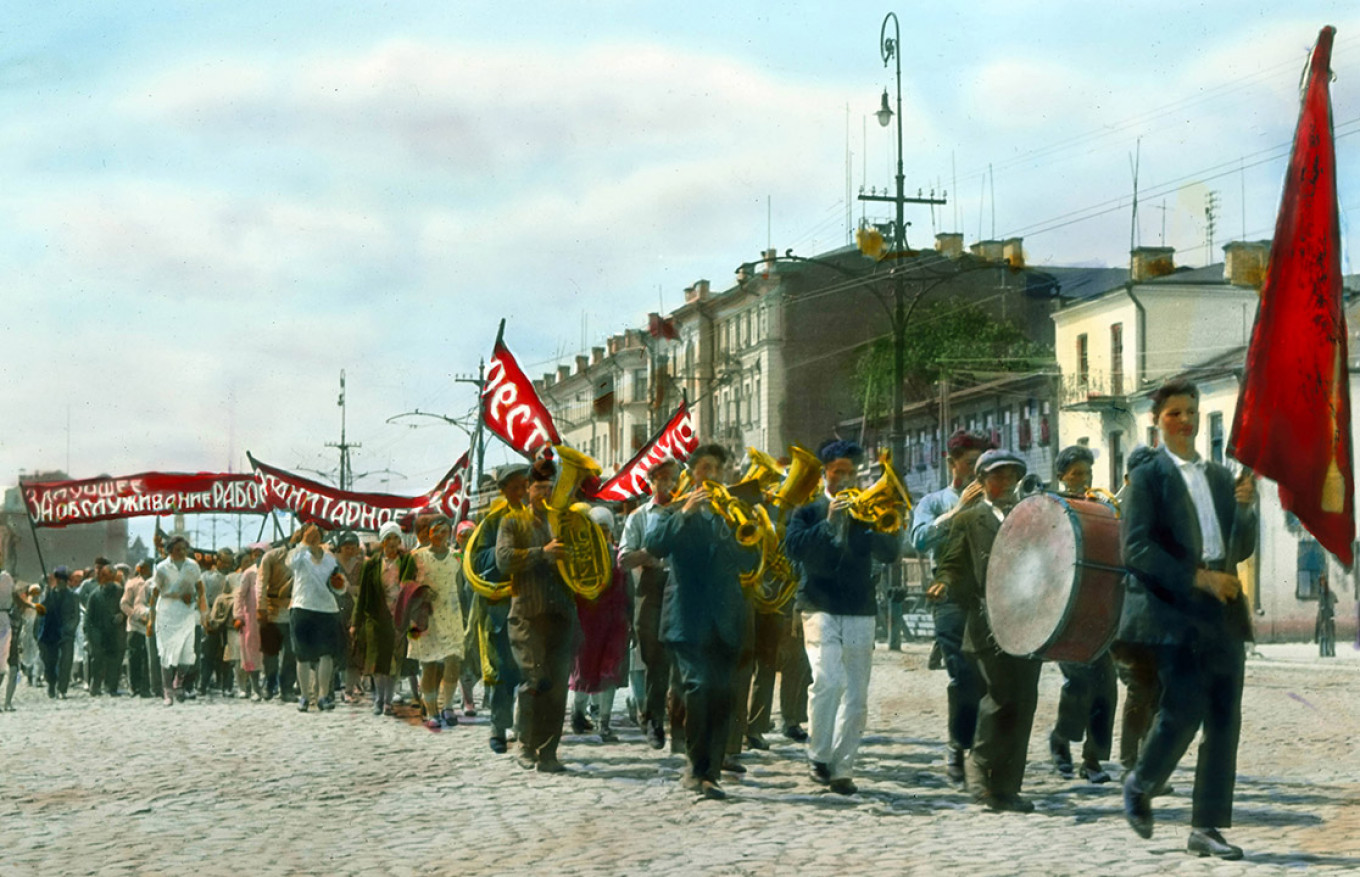
Holidays that celebrated professions — mass festivals held in honor of factory and plants workers — were very popular at that time.
Branson DeCou / Public Domain
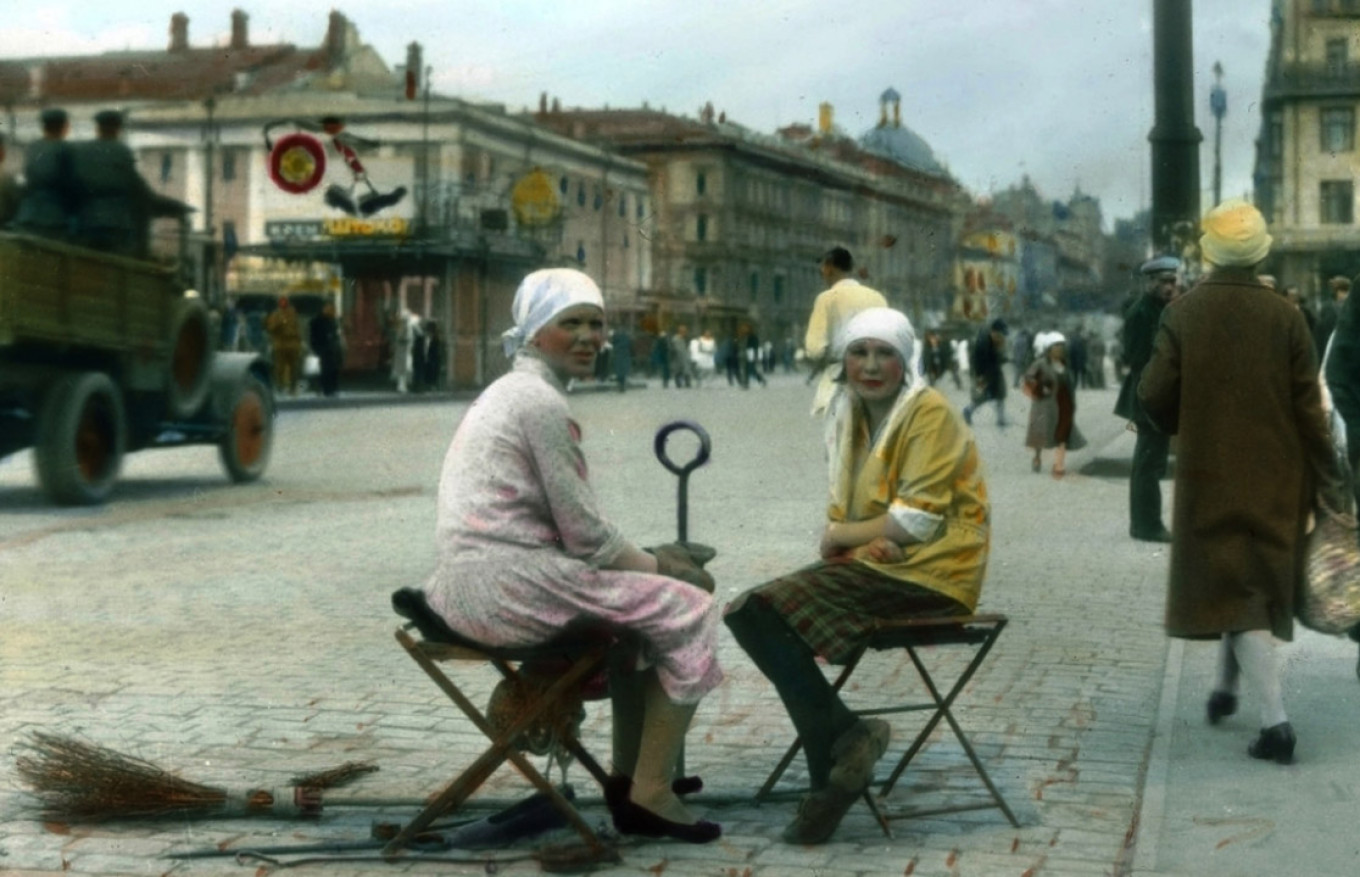
Much like today, people spent a large part of their day in public spaces.
Branson DeCou / Public Domain
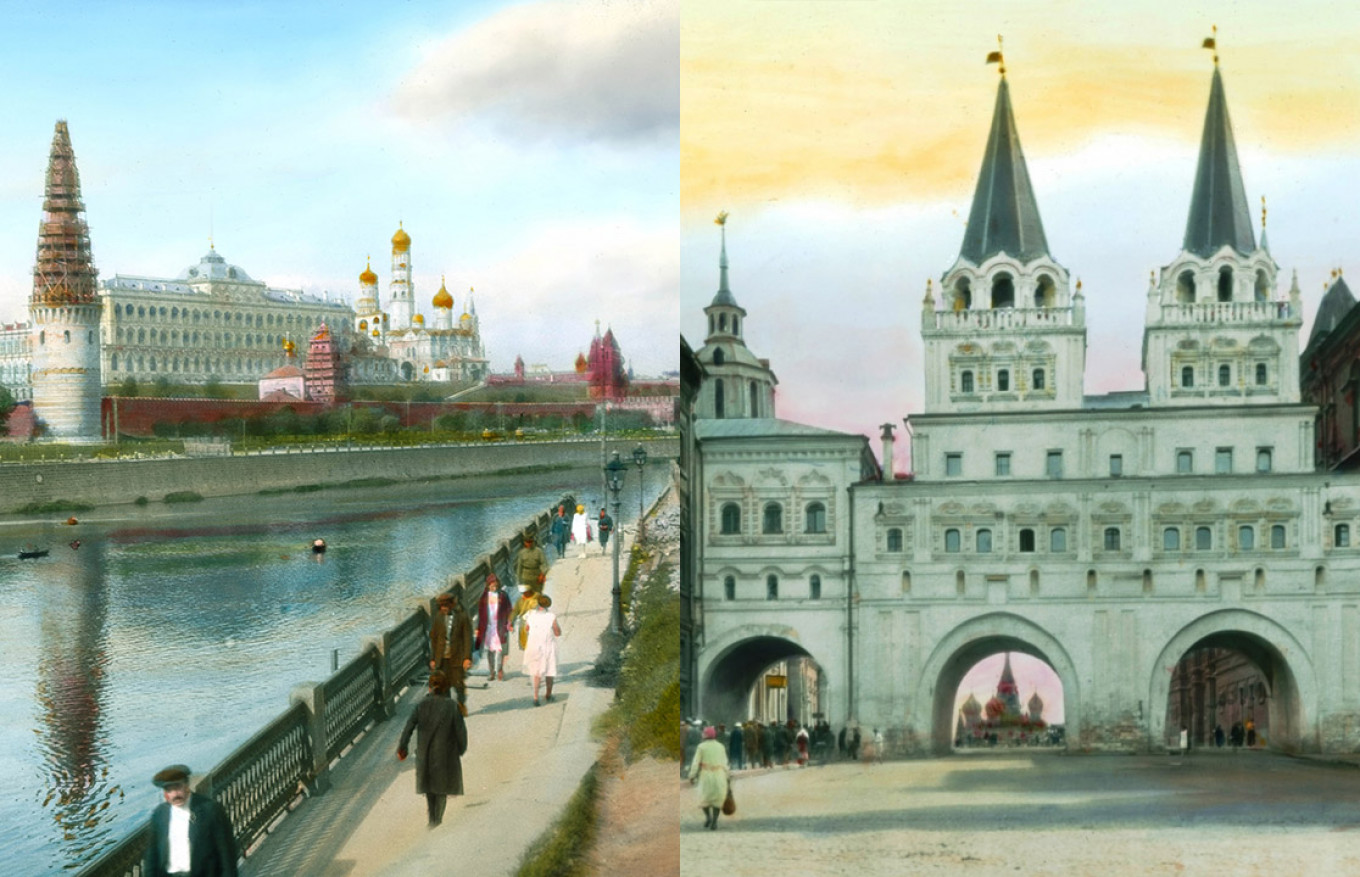
Some places have not changed much, retaining their historical beauty.
Branson DeCou / Public Domain
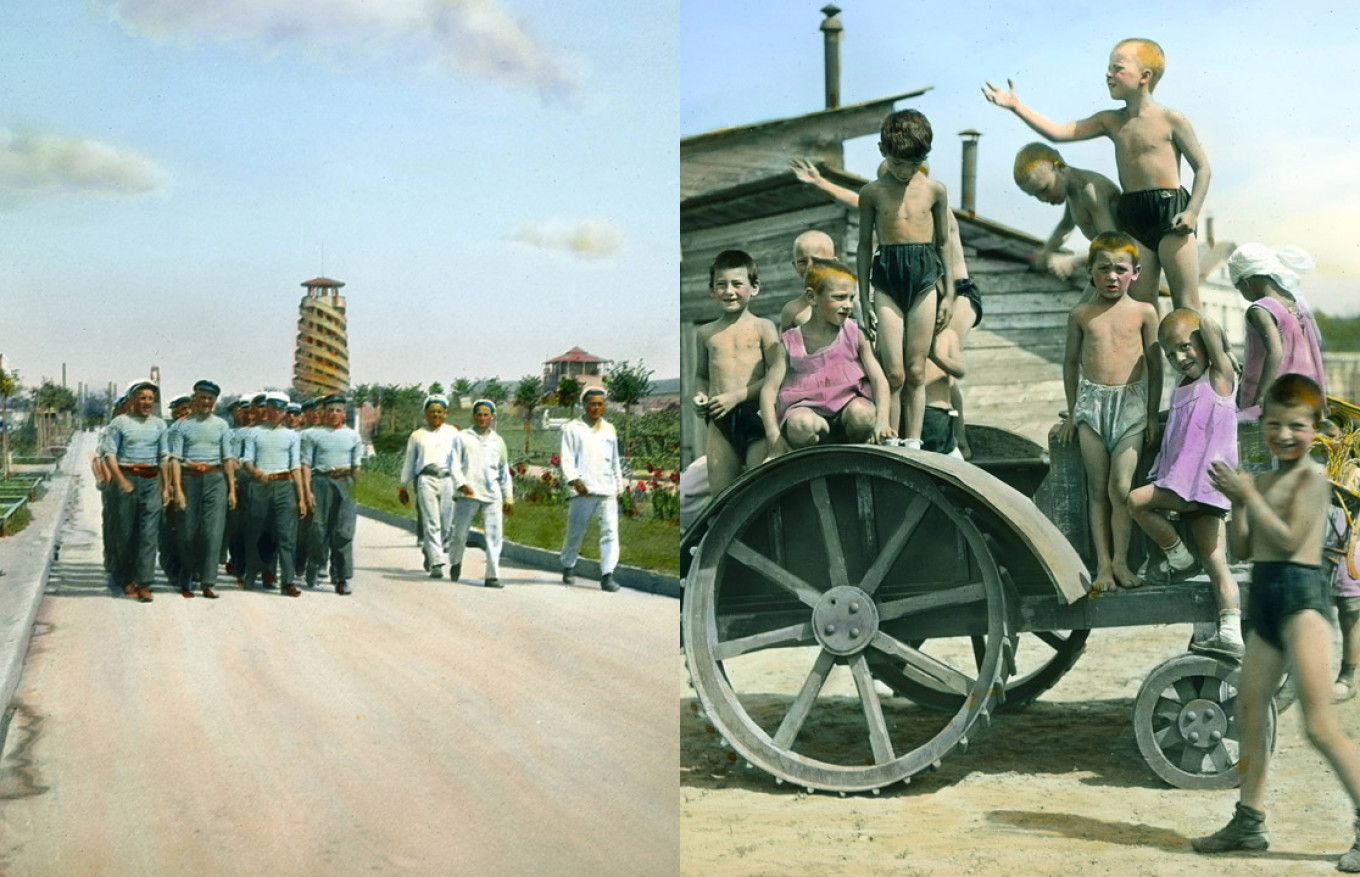
Other places, like Gorky Park, would today be unrecognizable to Muscovites living in the 1930s.
Branson DeCou / Public Domain
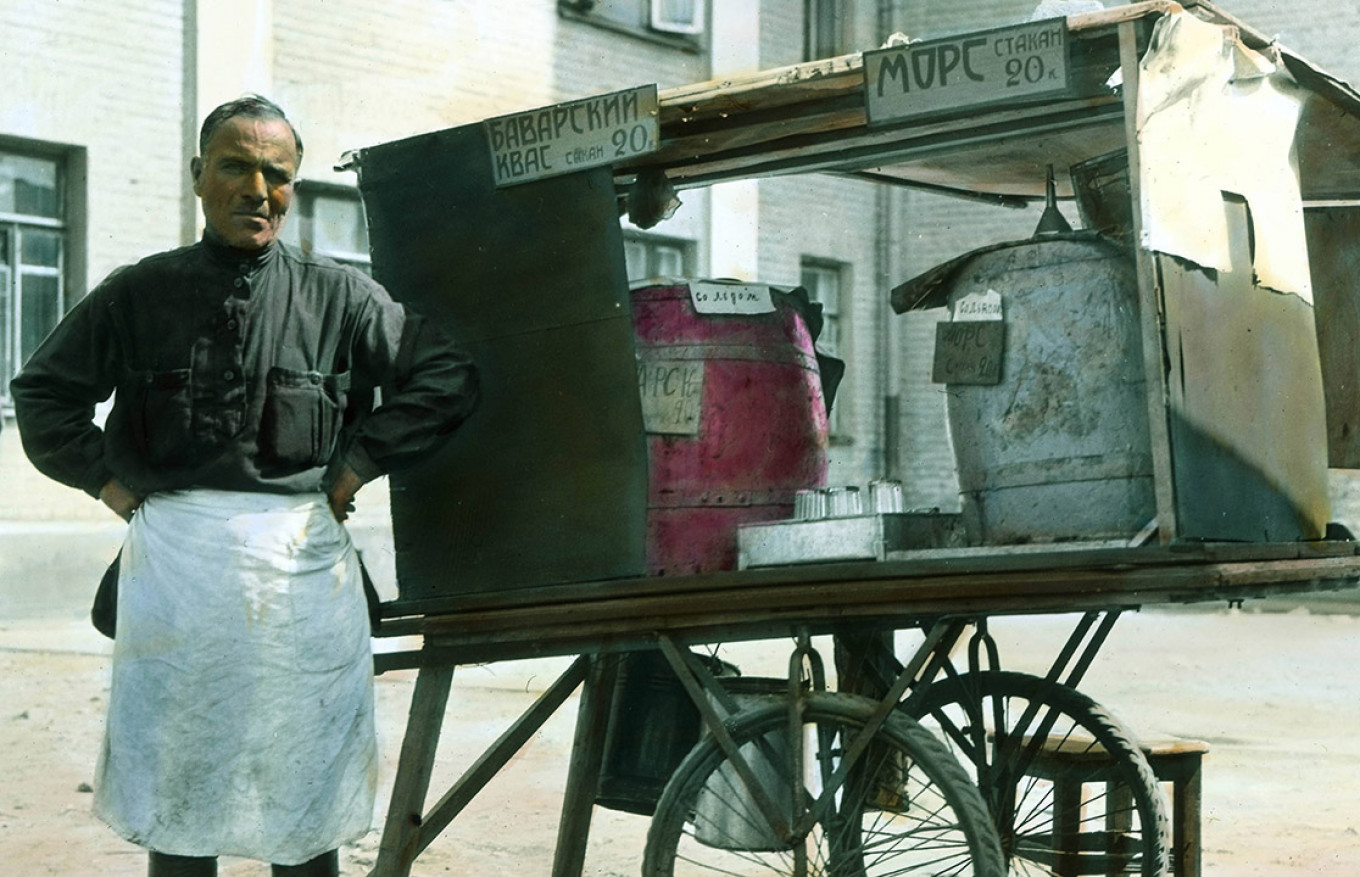
Traditional Russian drinks like kvas and mors can still be seen on Moscow streets during hot summer weather.
Branson DeCou / Public Domain
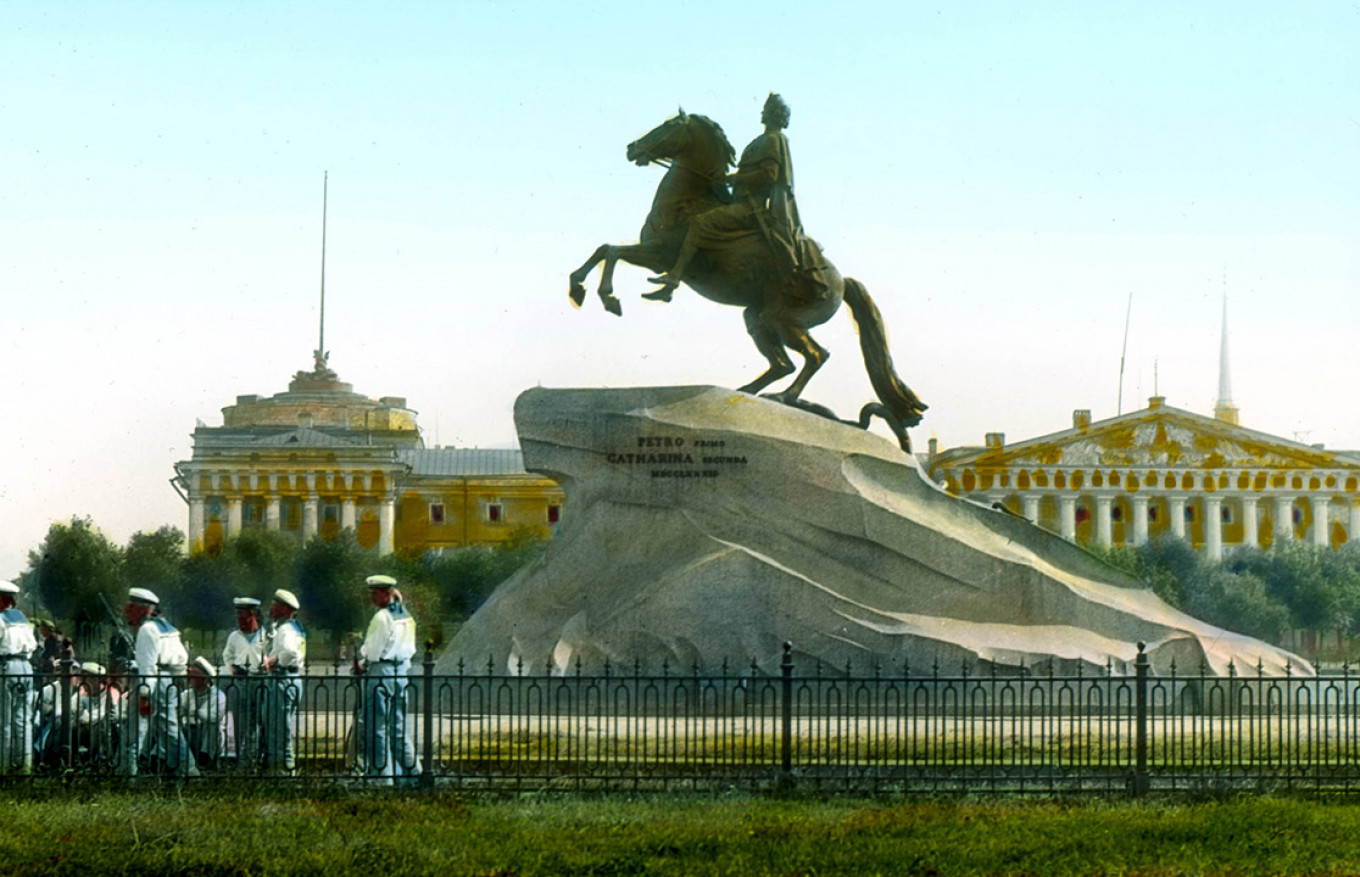
The Peter the Great monument on Senate Square in front of the Admiralty Building in St. Petersburg.
Branson DeCou / Public Domain
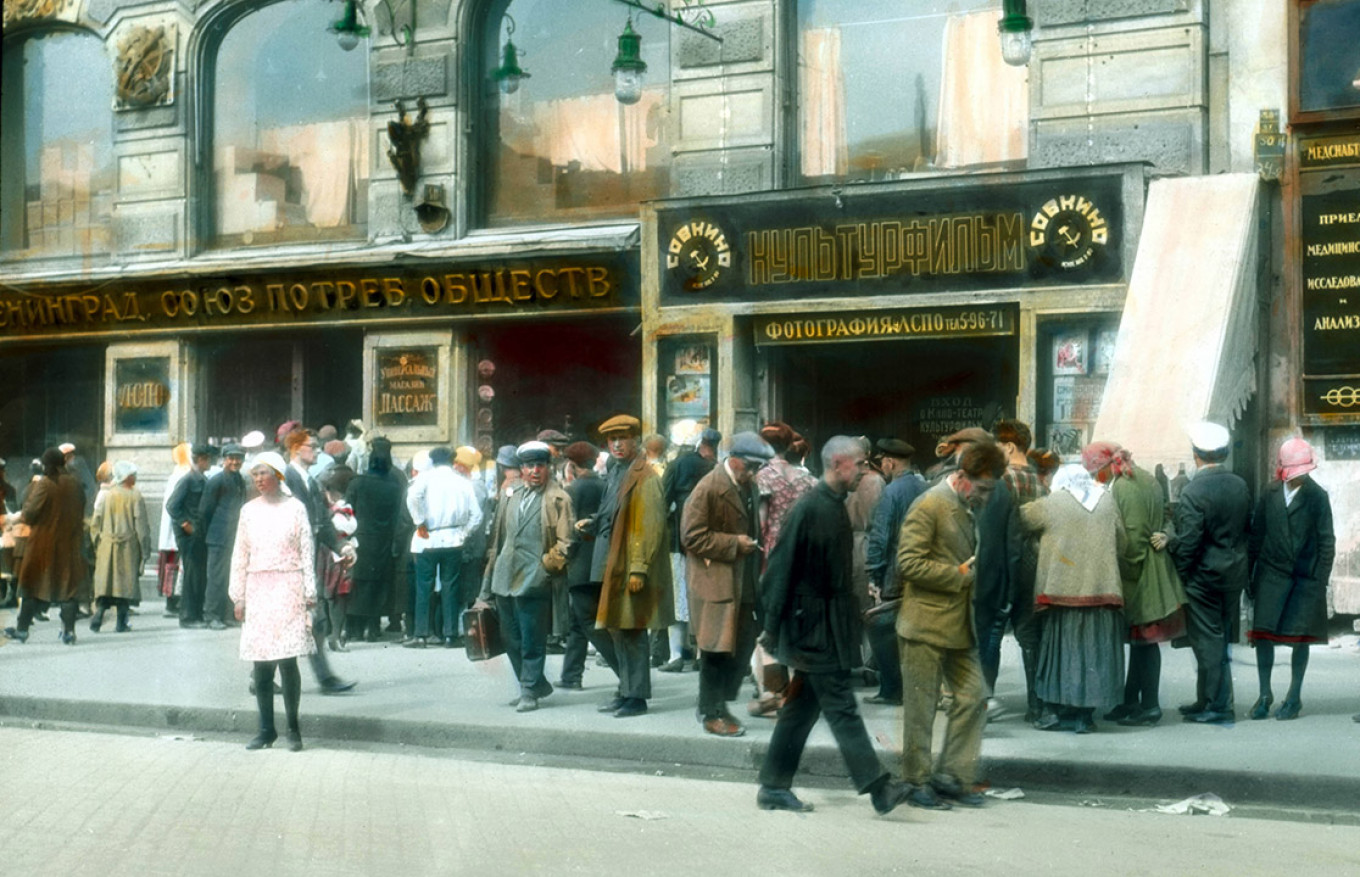
The inscription "Kulturfilm" (cultural film) on this photo was a term borrowed from German and referred to propaganda films.
Branson DeCou / Public Domain
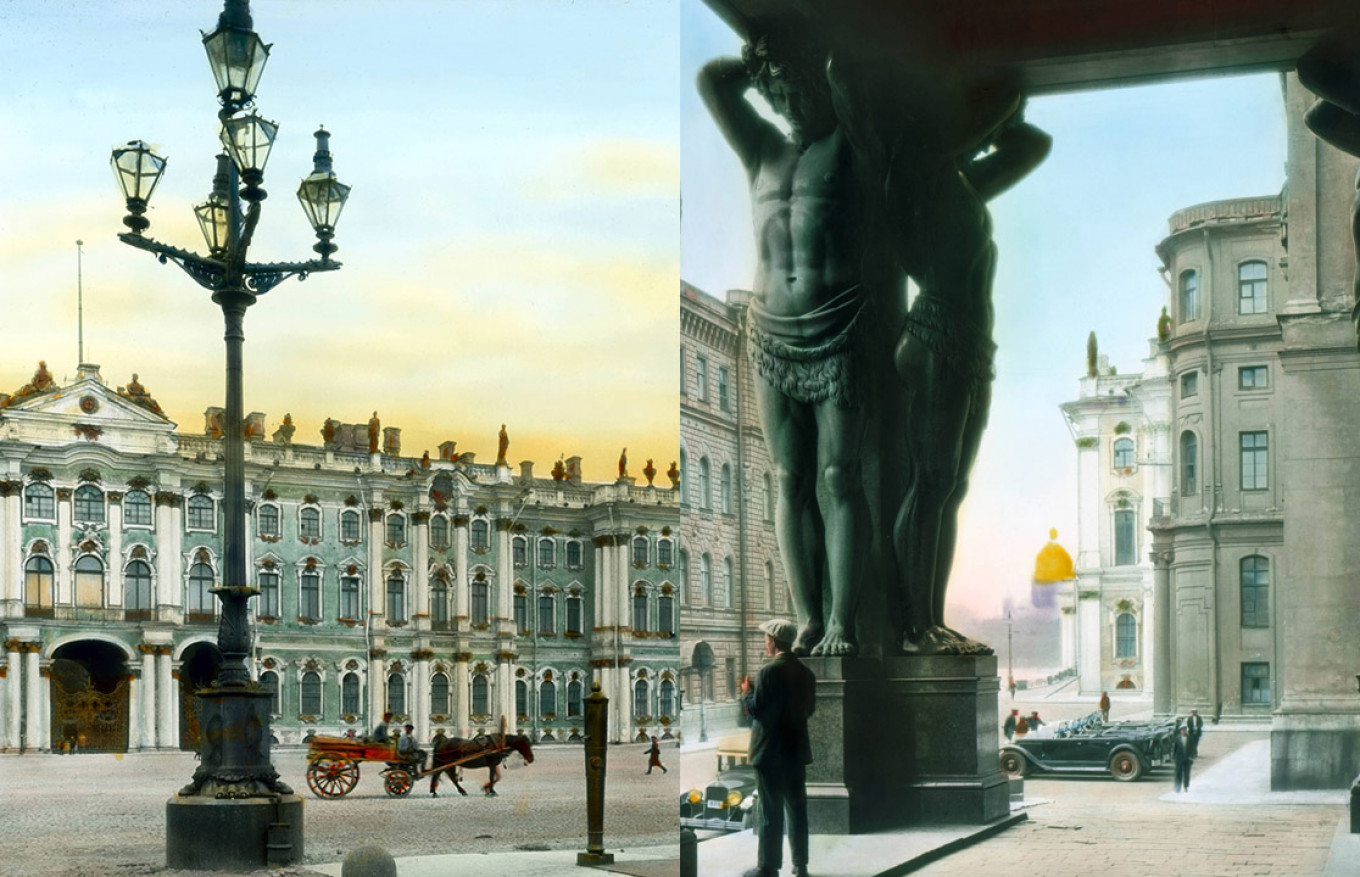
In the 1930s, you could see both horses and cars in front of St. Petersburg's Winter Palace.
Branson DeCou / Public Domain
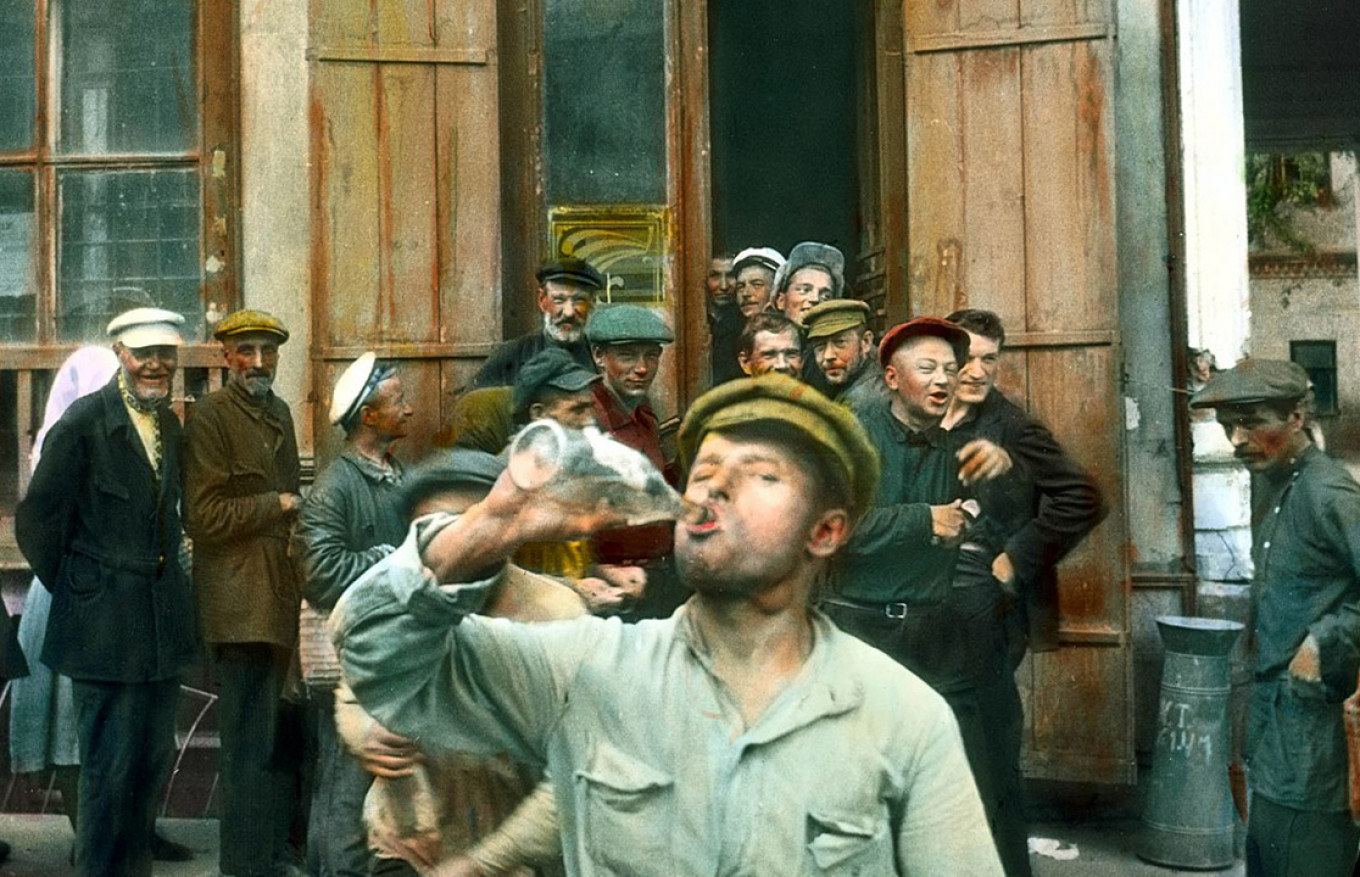
Fortunately or not, today it's forbidden to drink alcohol in public places.
Branson DeCou / Public Domain
